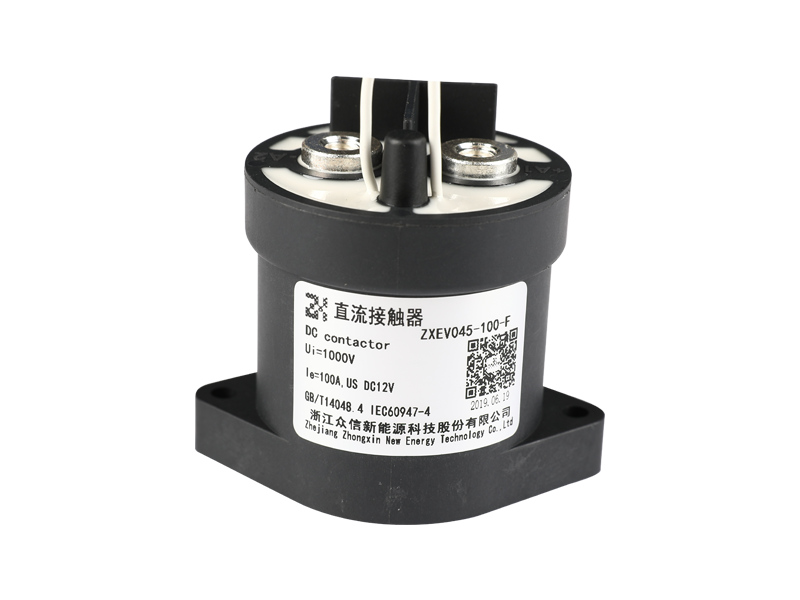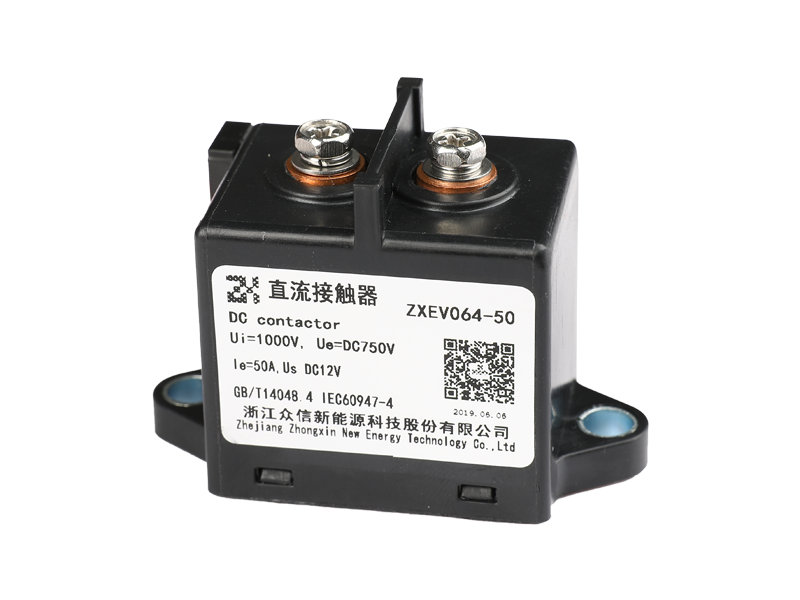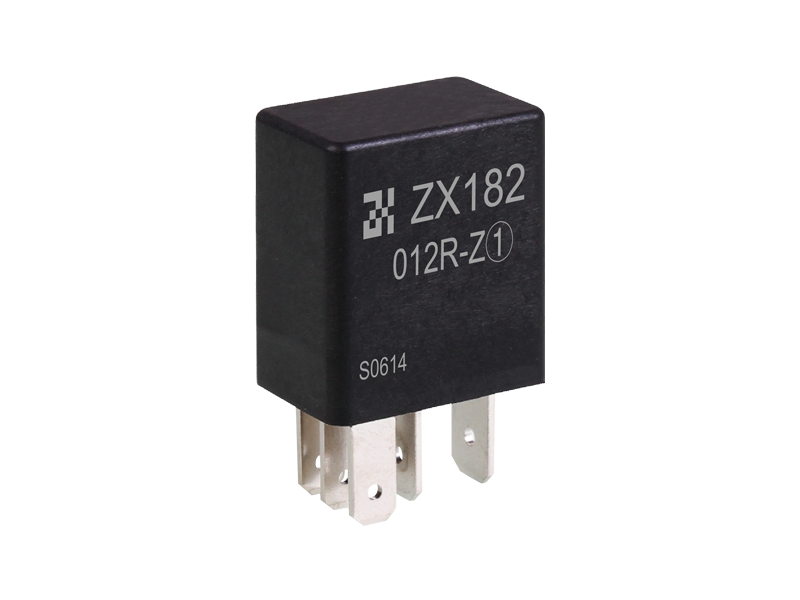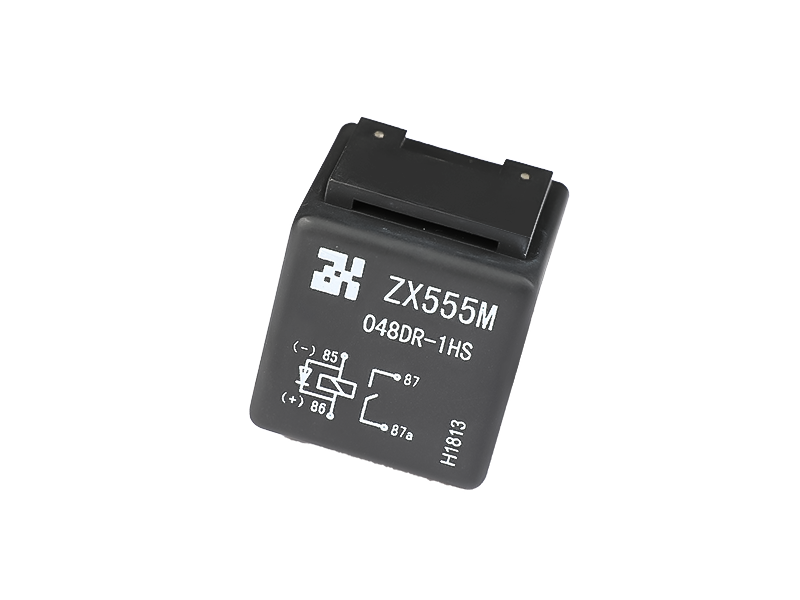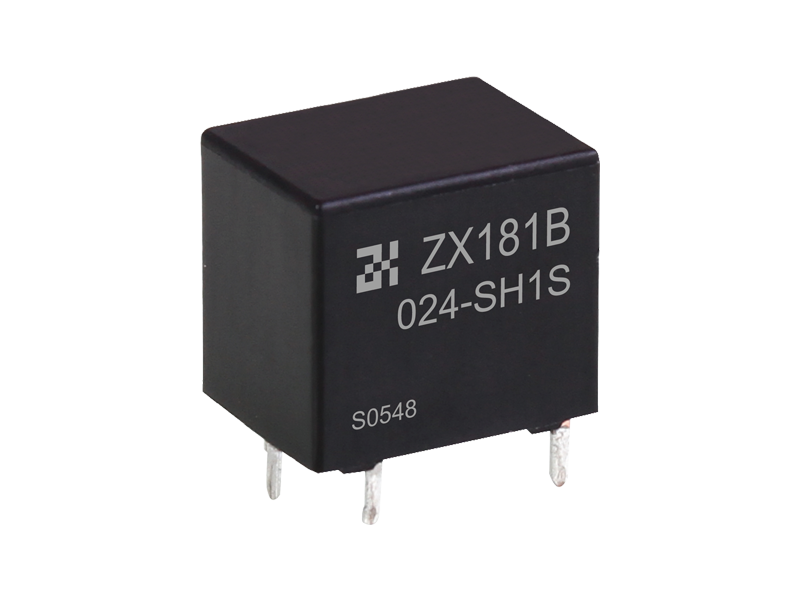In the vast world of modern power and energy technology, voltage is a core parameter for power transmission and conversion, and its requirements vary with the diversification of application scenarios. From vast high-voltage transmission lines to sophisticated low-voltage distribution networks, each power system imposes unique voltage requirements on the equipment within it. It is against this background that epoxy high-voltage DC contactors, with their excellent voltage adaptability and stable performance, have become a key component that connects different fields and enables efficient control.
Power System Voltage Challenges
In the power system, the voltage level directly determines the distance, efficiency and safety of power transmission. High-voltage transmission lines, as the "arteries" connecting power plants and electrical loads, often have voltage levels as high as thousands of volts or even higher to reduce current and transmission losses. In contrast, low-voltage power distribution systems are responsible for safely and reliably distributing electrical energy to thousands of households and various terminal equipment, and their voltage levels are usually only a few hundred volts. This significant voltage difference requires that power equipment must have a wide range of voltage adaptability to meet the needs of different levels of power grids.
Advantages of epoxy high voltage DC contactor
Epoxy high-voltage DC contactor, with its unique epoxy insulation material design, not only performs well in electrical insulation performance, but also maintains stable working conditions in high-voltage environments. Its wide range of rated voltages can cover different needs from hundreds of volts to thousands of volts, allowing this type of contactor to easily cross the boundaries of voltage levels in the power system to achieve effective control of high-voltage DC circuits.
Multi-field applications, showing broad adaptability
It is precisely based on this voltage adaptability advantage that epoxy high-voltage DC contactors have been widely used in many fields. In the power system, it is not only an important control component in high-voltage DC transmission lines, but also plays a key role in DC conversion stations to ensure efficient conversion and stable transmission of electric energy. In addition, in the field of new energy vehicles, epoxy high-voltage DC contactors have become one of the core components of the battery management system, responsible for achieving efficient control and protection of the battery pack during the charging and discharging processes.
In the field of rail transit, with the popularity of DC traction power supply systems, epoxy high-voltage DC contactors also play a crucial role. It ensures the stable power supply of the train traction motor during high-speed operation and provides a strong guarantee for the safe and efficient operation of rail transit. At the same time, in the field of new energy power generation (such as wind power generation, photovoltaic power generation, etc.), epoxy high-voltage DC contactors are also favored for their excellent performance, assisting the grid connection and utilization of renewable energy.
With its excellent voltage adaptability and stable performance, epoxy high-voltage DC contactors have shown wide application prospects in many fields such as power systems, new energy vehicles, rail transit, and new energy power generation. It is not only a bridge connecting power grids of different voltage levels, but also an important force promoting the development of modern power and energy technology. With the continuous advancement of technology and the continuous expansion of application scenarios, epoxy high-voltage DC contactors will play a more important role in the future and contribute to building a safer, more efficient, and green energy system.

